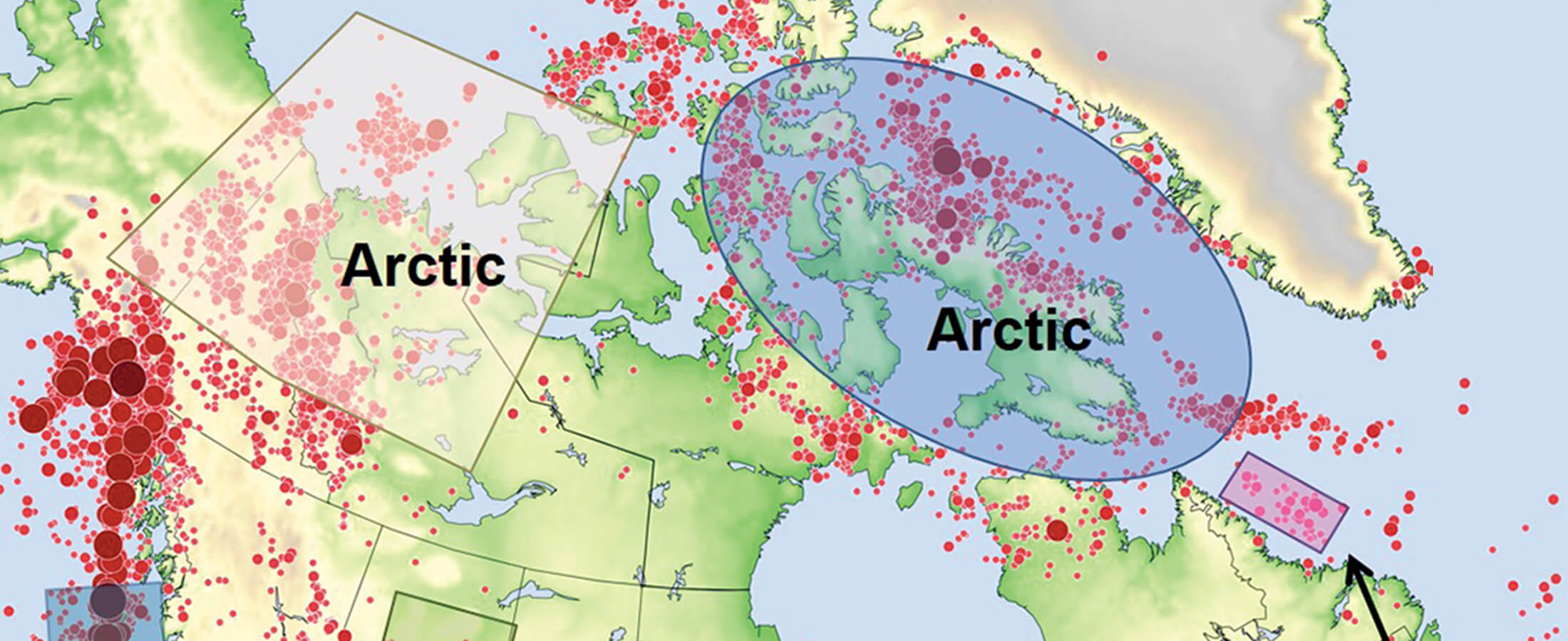Abstract: Ocean Bottom Seismometer Instrumentation in Canada

Canada belongs to an elite club of a handful of countries that successfully developed and used autonomous ocean-bottom seismometers (OBSs). Yet, with the decommissioning of the Canadian short period OBS pool in 2015 due to old age and retirement of researchers with OBS knowledge, Canada was on the verge of losing this hard-earned expertise gained over almost half a century. This development coincided with an increasing awareness and recent consensus across Canada regarding: (1) the key importance of Canada’s offshore to Canadians; (2) the lack of the knowledge needed about Canada’s offshore to fully benefit from it; (3) the essential need to work together at all levels, from local to international, to effectively explore the vast Canadian offshore. Seizing the opportunity, a team of seismologists from ten major Canadian universities formed a partnership and obtained funding to develop a National Facility for Seismic Imaging (NFSI) housed at Dalhousie University. At the core of the NFSI will be a pool of 120 state-of-the-art broadband OBS instruments, which will ensure continuity of marine seismological research in Canada and much beyond. The NFSI is expected to become a leading world-class facility enabling unparalleled imaging and monitoring of critically important structures in the Earth, thus providing a foundation for transformative research at Canadian universities. This should position Canadian scientists at the forefront of future discoveries and encourage collaborations in large-scale international offshore Earth science experiments. The multi-user nature of this facility is aimed at forging, fostering and supporting a wide spectrum of collaborative experiments previously not possible, with goals that will range from fundamental scientific discovery to applications with specific relevance to Canadian societal issues. The NFSI will become fully operational by 2021. The planned research projects are designed to benefit Canadians through scientific outcomes with an impact on determining marine geohazards facing Canada, supporting resource exploration and exploitation, and development of Canada’s Arctic region.






